论文网址:A review of methods for classification and recognition of ASD using fMRI data - ScienceDirect
英文是纯手打的!论文原文的summarizing and paraphrasing。可能会出现难以避免的拼写错误和语法错误,若有发现欢迎评论指正!文章偏向于笔记,谨慎食用
目录
2.3. ASD classification and recognition method based on machine learning
2.3.2. Feature extraction and selection
2.4. ASD classification and recognition method based on deep learning
2.4.2. Advantages of deep learning model
2.4.3. Neural network model for ASD classification and recognition
2.5. Comparison of the two methods for ASD classification and recognition performance
2.6. Summary and future direction
3.1. Spearman’s rank correlation
1. 省流版
1.1. 心得
(1)看到2022这四个数字我的心凉了半截
(2)三年也太少了吧你综述个
(3)搜索的keyword就一个啊???上一篇人搜了好多个,你这,这
(4)你选ABIDE的理由是啥???
(5)咦咦TC/HC/NC到底咋回事
(6)我怎么感觉文心吃的就是这种文章,和我文心写出来的综述一模一样
1.2. 论文总结图
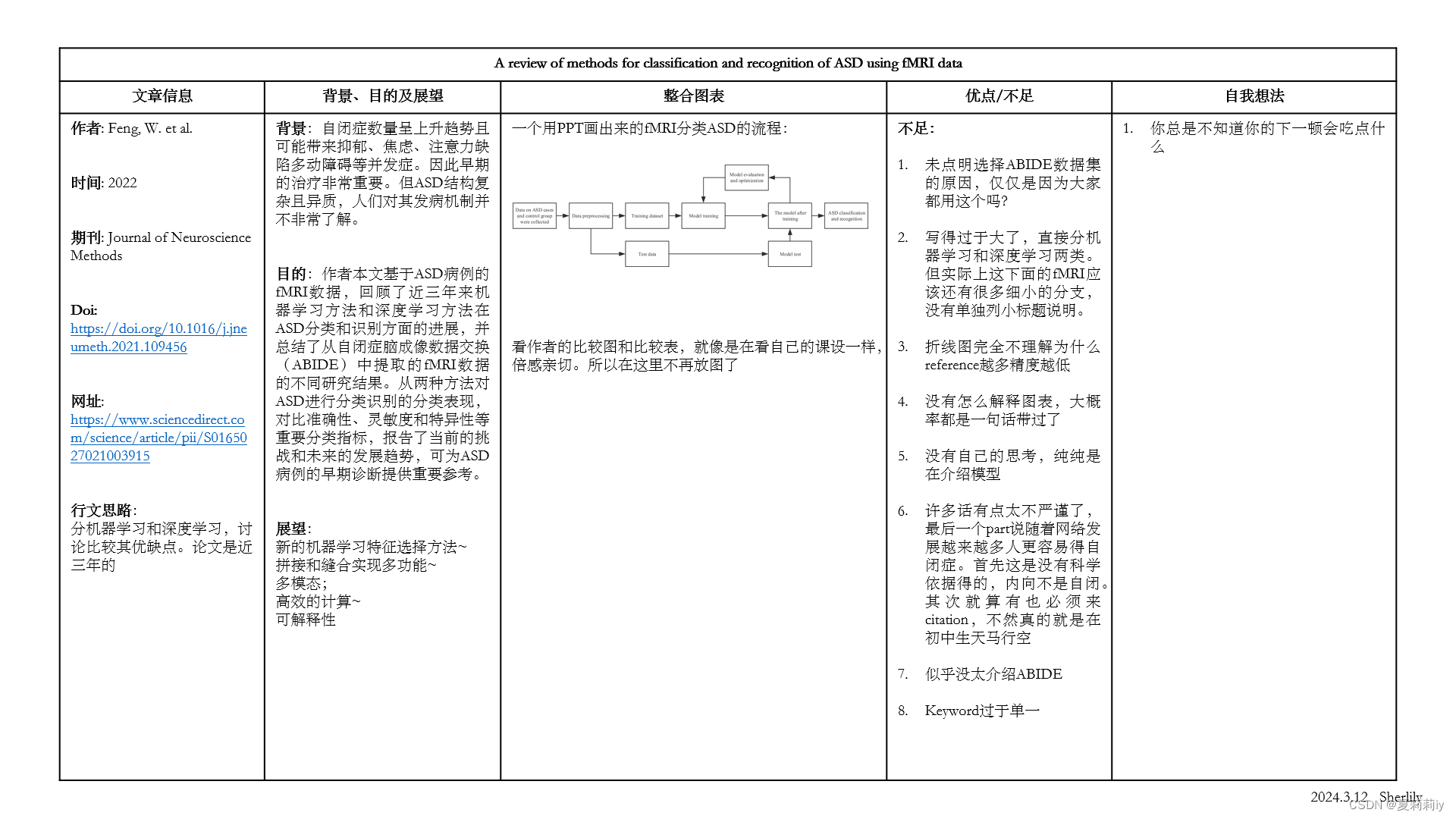
2. 论文逐段精读
2.1. Abstract
①Briefly introducing Autism spectrum disorder (ASD)
②Year: 2019-2022? or 2018-2021(我也不知道作者的近三年是哪近)
③Models: ML and DL
④Dataset: Autism Brain Imaging Data Exchange (ABIDE)
2.2. Introduction
①The comorbidities of ASD can not be ignored, such as depression, anxiety, or attention deficit hyperactivity disorder
②The process that identifying and classifying ASD:

(真像我能画出来的图呢...)
③Searching keyword: "fMRI Autism Classification Recognition" on the Web of Science and PubMed
④Number of cited publications: 34
comorbidity n.共病;并存疾病;共病性;共病现象;共病症
2.3. ASD classification and recognition method based on machine learning
2.3.1. Method summary
Comparison table of several metrics on ML based models:
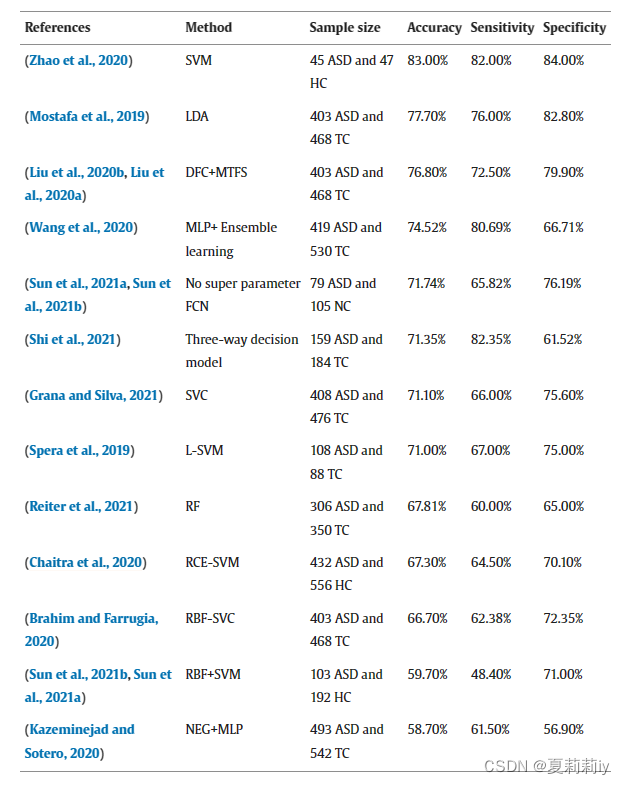
btw, the authors provide:
"ASD: autism spectrum disorder; TC: typical control; HC: healthy control; NC: normal control; SVM/SVC: support vector machine; LDA: linear discriminant analysis; DFC: dynamic functionally connected; MTFS: multi-task feature selection; MLP: multi-layer perceptron; FCN: functionally connected network; L-SVM: linear kernel support vector machine; RF: random forest; RCE: recursive cluster removal; RBF: radial basis function; NEG: negative correlation matrix."
(那么问题来了,TC/HC/NC是真的有区别的东西吗?)
2.3.2. Feature extraction and selection
Introducing some feature selection methods
2.3.3. Classifier model
Introducing SVM, LDA, DT and RF
dichotomy n.一分为二;二分法
2.4. ASD classification and recognition method based on deep learning
2.4.1. Method summary
Comparison table of several metrics on DL based models:
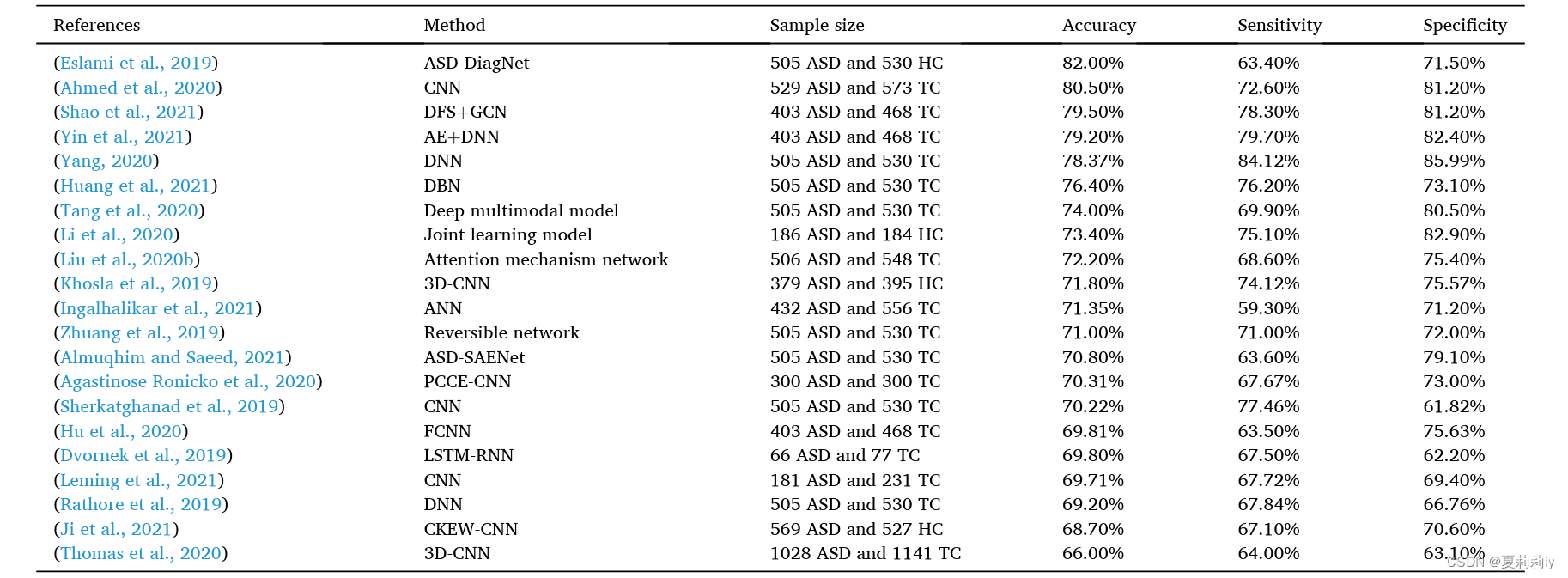
also, the authors provide
"CNN: convolutional neural network; DFS: deep feature selection; GCN: graph convolutional network; DNN: deep neural network; DBN: deep confidence network; 3D-CNN: 3D convolutional neural network; ANN: artificial neural network; SAENET: sparse automatic coding network; PCCE: Pearson correlation coefficient; FCNN: fully connected neural network; LSTM: short and long time memory network; RNN: cyclic neural network; CKEW: convolutional kernel element weighting mechanism"
2.4.2. Advantages of deep learning model
①Self-learning ability(我要一口老血喷出来了)
②Finding the optimal solution(要是真能我现在DL分类精度才50%±啊??哪有那么容易找到最优解,站着说话不腰疼)
③Storage and processing of data(这是深度学习的优势吗??这是我硬盘的优势)
2.4.3. Neural network model for ASD classification and recognition
Introducing some DL models for ASD classification, such as ANN, DBN, CNN etc.
2.5. Comparison of the two methods for ASD classification and recognition performance
①ACC comparison table(我怎么就没有明白这个number of references...):
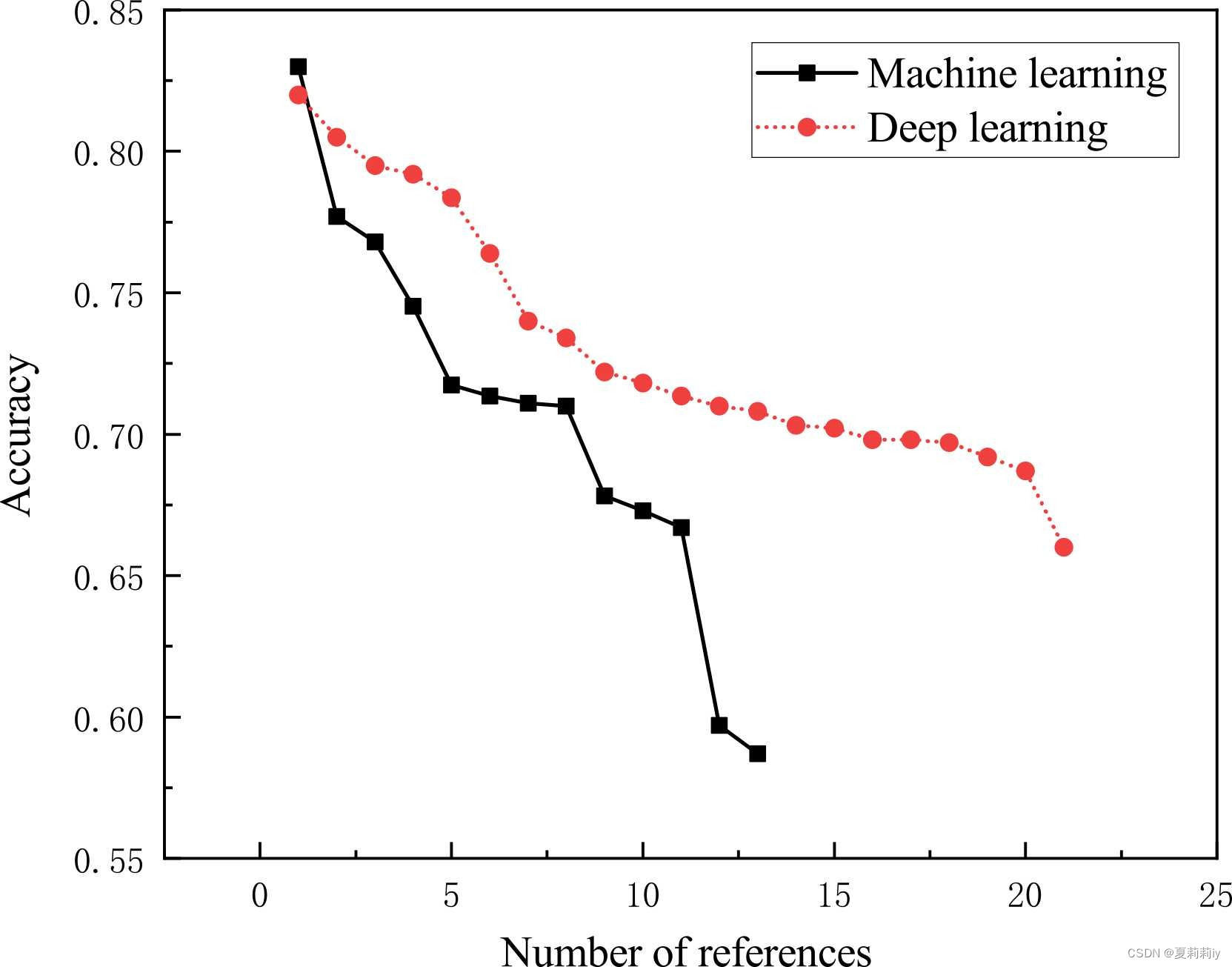
②SEN comparison table:
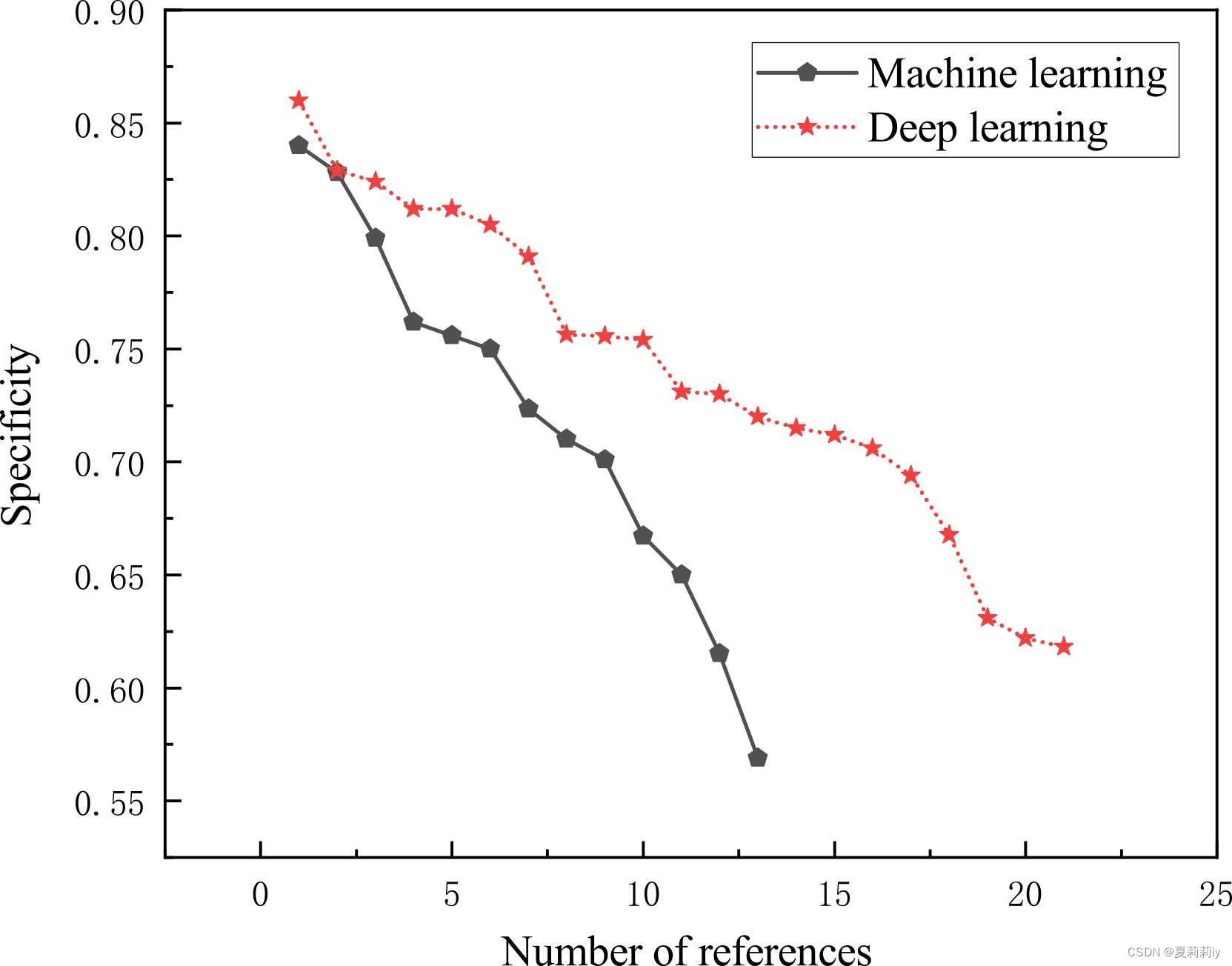
③SPE comparison table:
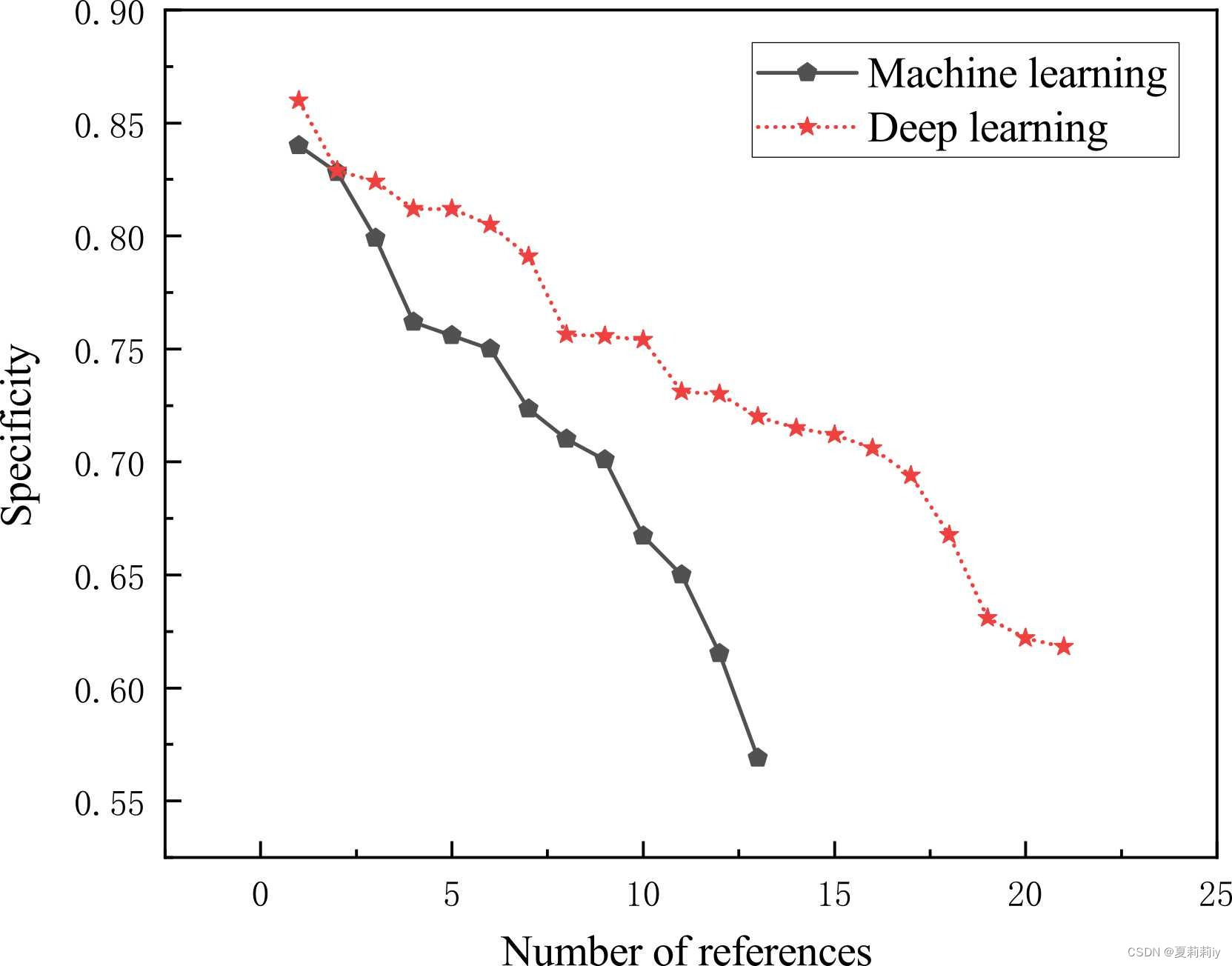
④⭐SEN is more important than SPE in medicine field
⑤Maximal and mean value comperison between DL and ML:
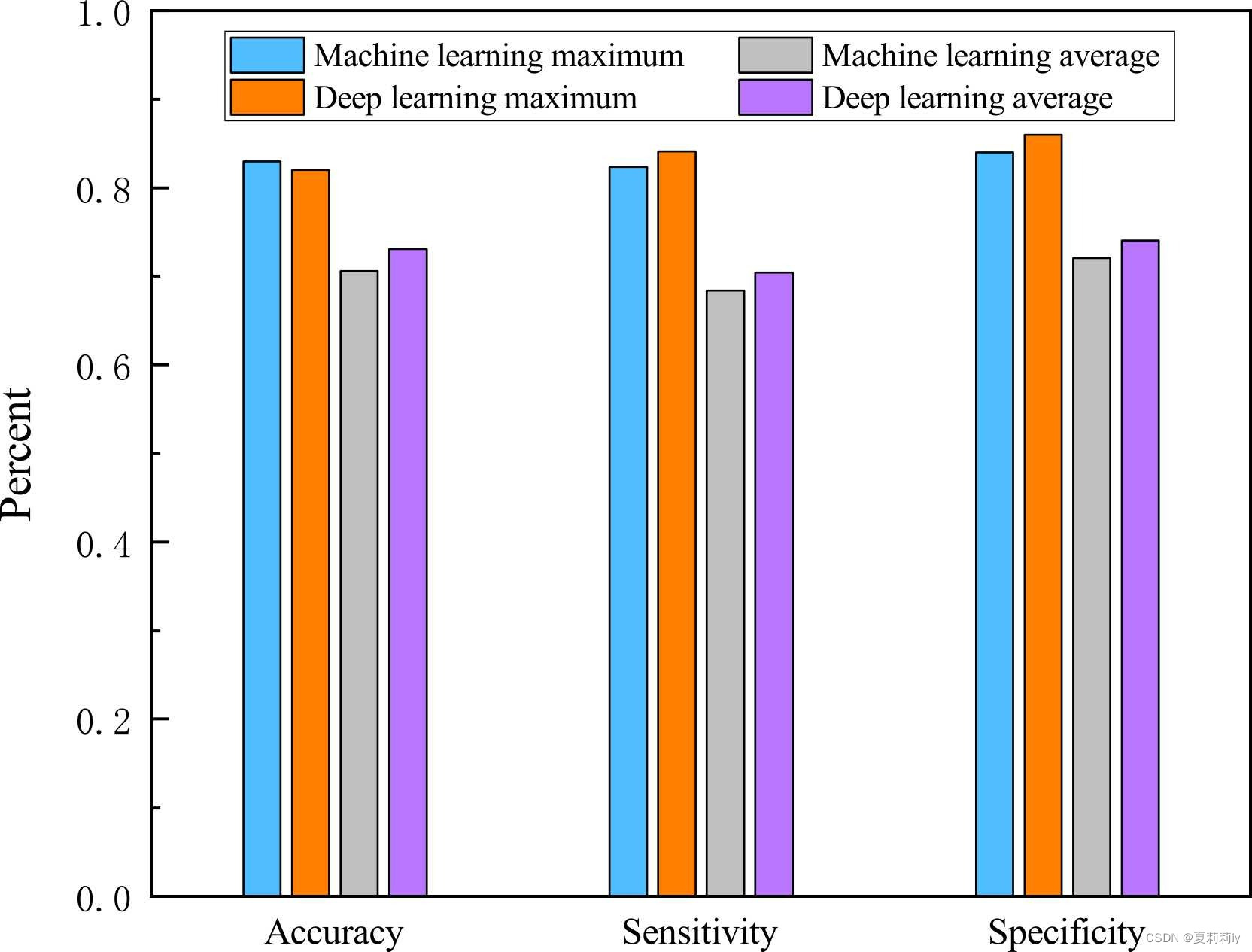
(你确定收录完了吗你就比?分类精度有这么重要吗?)
⑥Analyzing the feasibility of feature extraction/selection on DL/ML
⑦“虽然机器学习方法在ASD分类和识别方面取得了更高的准确率,但综合考虑了准确性、灵敏度和特异性等因素,深度学习方法优于机器学习方法。”(哥们儿能不能别拉踩了人机器学习也天天喷深度学习没有可解释性。或者,可以稍微那么地,委婉一点。)
2.6. Summary and future direction
①社交网络还给人整自闭了是吧,自闭怕不是这个原因吧,还不给citation。内向就是自闭了是吧,鼠鼠也自闭
②Small dataset: 我难以下笔。“了实现更高的ASD分类和识别性能,未来的工作将探索新的算法以获得更有用的特征,从而更好地识别生物标志物”。我难道不知道以及我难道不想提取更有用的特征吗???是我不想吗????
③Multi-feature fusion: 你想要大杂烩是吧?
④Multi-modality: 点不错但你的介绍是什么玩意儿啊,结合多模态可以达到高精度?6
⑤Efficient computing: 我也想轻量
⑥Interpretability
3. 知识补充
3.1. Spearman’s rank correlation
好像和皮尔逊差不多,就是换了个什么啥啥的
参考学习:斯皮尔曼等级相关系数Spearman's rank correlation coefficient - 知乎 (zhihu.com)
4. Reference List
Feng, W. et al. (2022) 'A review of methods for classification and recognition of ASD using fMRI data', Journal of Neuroscience Methods, 368 (15), 109456. doi: Redirecting























 被折叠的 条评论
为什么被折叠?
被折叠的 条评论
为什么被折叠?








